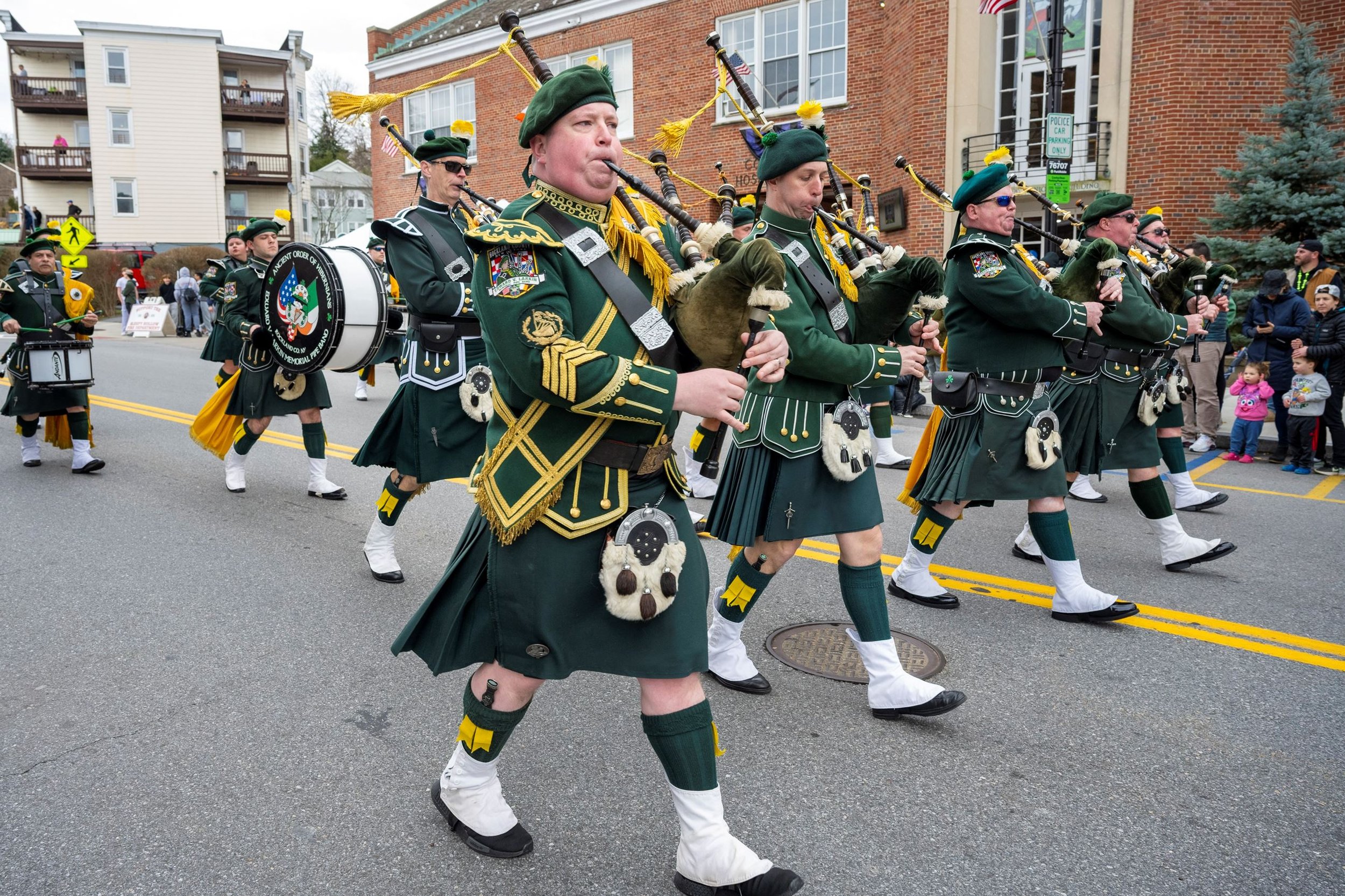Queen Elizabeth Had Black Teeth
You may think you have a sweet tooth, but it likely doesn’t compare to the sugar craze that swept through the English upper crust in the 16th century. Due to colonial trade, sugar — a rare seasoning and preservative in the medieval period — flowed into Elizabethan England. Yet because of its high cost, the sucrose could only be purchased by the wealthy. The treat became the central ingredient of lavish banquets, and cookbooks of the well-to-do began to collect delectable dishes made with this new confection. However, sugar’s deleterious dental effects weren’t as well known at the time, and the most high-profile victim of this sweet ignorance was none other than Queen Elizabeth I herself.
It was no secret that the queen possessed a legendary sweet tooth; historians say she even used a sugar-based toothpaste to polish her teeth, which 10 out of 10 dentists don’t recommend. In 1599, a German traveler named Paul Hentzner described the 65-year-old queen and revealed what a lifelong sugar addiction can do: “Her Lips narrow and her Teeth black… a defect the English seem subject to, from their too great use of sugar.” Yet the queen’s black, rotting teeth didn’t detract from her appeal. Because only the rich could afford sugar (and the tooth decay it engendered), black teeth became seen as fashionable, and people would artificially blacken their teeth with soot to fit in, a fad that eventually faded after the reign of Elizabeth I.
Source: historyfacts.com
Contributed by Jane Hart


































































